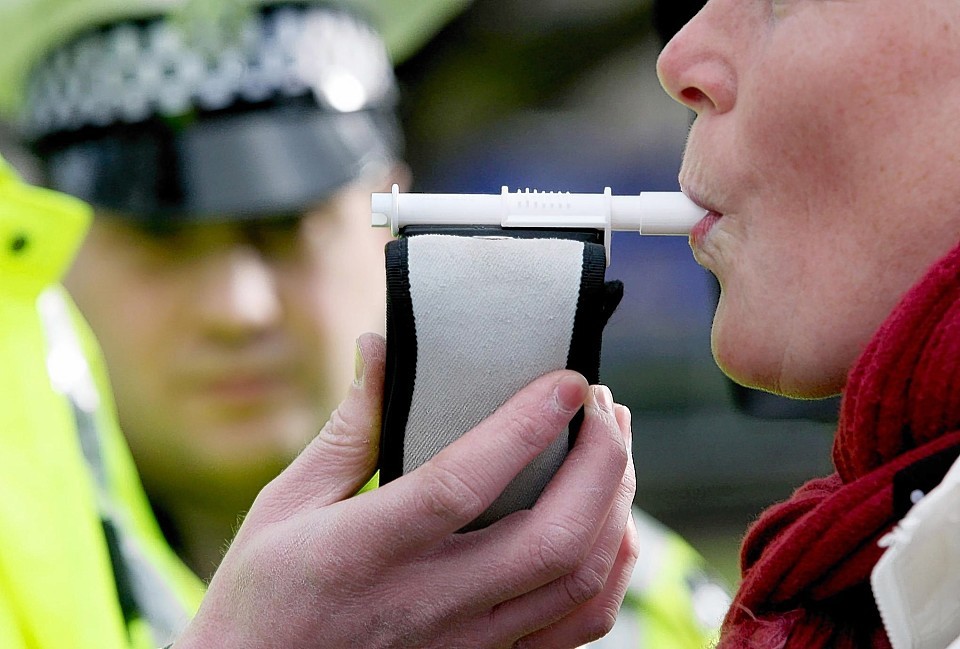Drivers who have had a drink in England could find themselves over the limit if they cross the border due to the new drink-drive limit that came into force at midnight.
The new Scottish limit has been reduced from 80mg to 50mg of alcohol per 100ml of blood – effectively making it risky to have even one drink and get behind the wheel.
The change in the law brings Scotland into line with most EU countries, but the rest of the UK retains the higher limit.
An advertising campaign is underway to alert drivers to the lower limit, while electronic signs warning of the change have been put up on roads and service stations along the border.
A poll for the RAC found that 81% thought it was a bad idea to have different drink-drive limits in the separate nations of the UK.
More than 90% thought it would cause confusion for people from other parts of the UK who spend time north of the border.
As well as a media campaign to raise awareness, events are taking place at supermarkets, airports and at key railway stations, such as Edinburgh Waverley and Glasgow Central, to highlight the new limit.
The Scottish Government is also working with service stations, including all Tesco and Shell-owned garages, especially those in border areas such as Dumfries, Abington, Jedburgh and Berwick-upon-Tweed.
Justice Secretary Michael Matheson said Scotland was leading the way in the UK.
“Every year around 20 people die on our roads due to people getting behind the wheel while over the legal limit,” he said.
“This change will bring Scotland into line with most of Europe. It’s not about criminalising drivers, it’s about making our roads safer and sending a clear message that even one alcoholic drink will affect the ability to drive.
“All the evidence from the Republic of Ireland shows reducing the limit means less convictions and lower blood alcohol counts.”
Dr Peter Rice, chairman of Scottish Health Action on Alcohol Problems, warned drivers to think carefully if they were planning to get behind the wheel the following day after drinking.
“Drinks can be deceptive, with many beers increasing in alcoholic strength over recent years along with the size of wine glasses,” he said.
“The best option if you’re driving is not to take the risk and drink nothing at all.”
